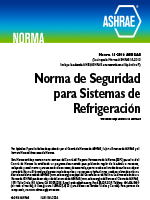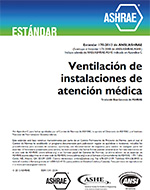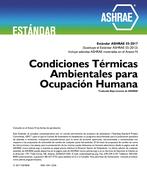Description
Residential ennergy consumption is nearly as much a function of occupant “action” as it is of construction or heating and cooling systems. The present study was undertaken to provide Austin area residents information on conservation opportunities to encourage more energy-efficient operation of their homes. Since energy costs in Austin have increased dramatically in the past two years, consumers have considerable interest in conservation. However, much of the published residential conservation information available is not particularly applicable to the Texas climate. Therefore, more specific information was needed.
A computer-based model was chosen as a means of isolating the effects of various factors. In a computer simulation, one design or equipment feature can be varied at a time, holding all other influencing factors constant. This cannot be accomplished in actual experiments due to the variability of climatic and human factors. It is, however, also necessary to assure that the model used is realistic. Therefore, the computer model was used to simulate the energy needs of four existing homes. Construction plans, specifications, and equipment and appliance use data were obtained and used as the basis of the energy calculations. The simulation results were then compared with utility billing data for four or more years for each home. Although not a precise approach to verification of the computer model, it did provide a considerable amount of pertinent information. Also, the computer model is basically the National Bureau of Standards Load Determination (NBSLD) program, which has been validated in a number of other studies. Utility data for a larger sample of 200 homes were also examined to attempt to identify the range of variation in energy use which might occur due to differences in life-style and/or equipment types.
The results obtained in this study will be summarized and presented in terms of a single typical size (1630 ft²) home. The influence of variations in insulation, infiltration of outside air, thermostat setting, glass type, attic ventilation, lighting and appliance loads, exterior shading, equipment efficiency, and occupant action will be presented.
Citation: Symposium, ASHRAE Transactions, Volume 82, Part 1, Dallas, TX
Product Details
- Published:
- 1976
- Number of Pages:
- 18
- File Size:
- 1 file , 820 KB
- Product Code(s):
- D-DA-76-04-1




